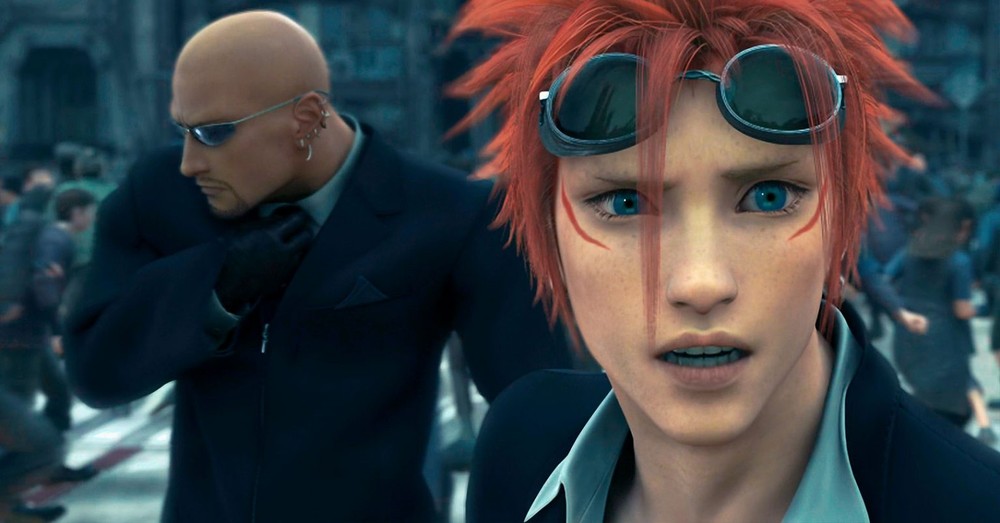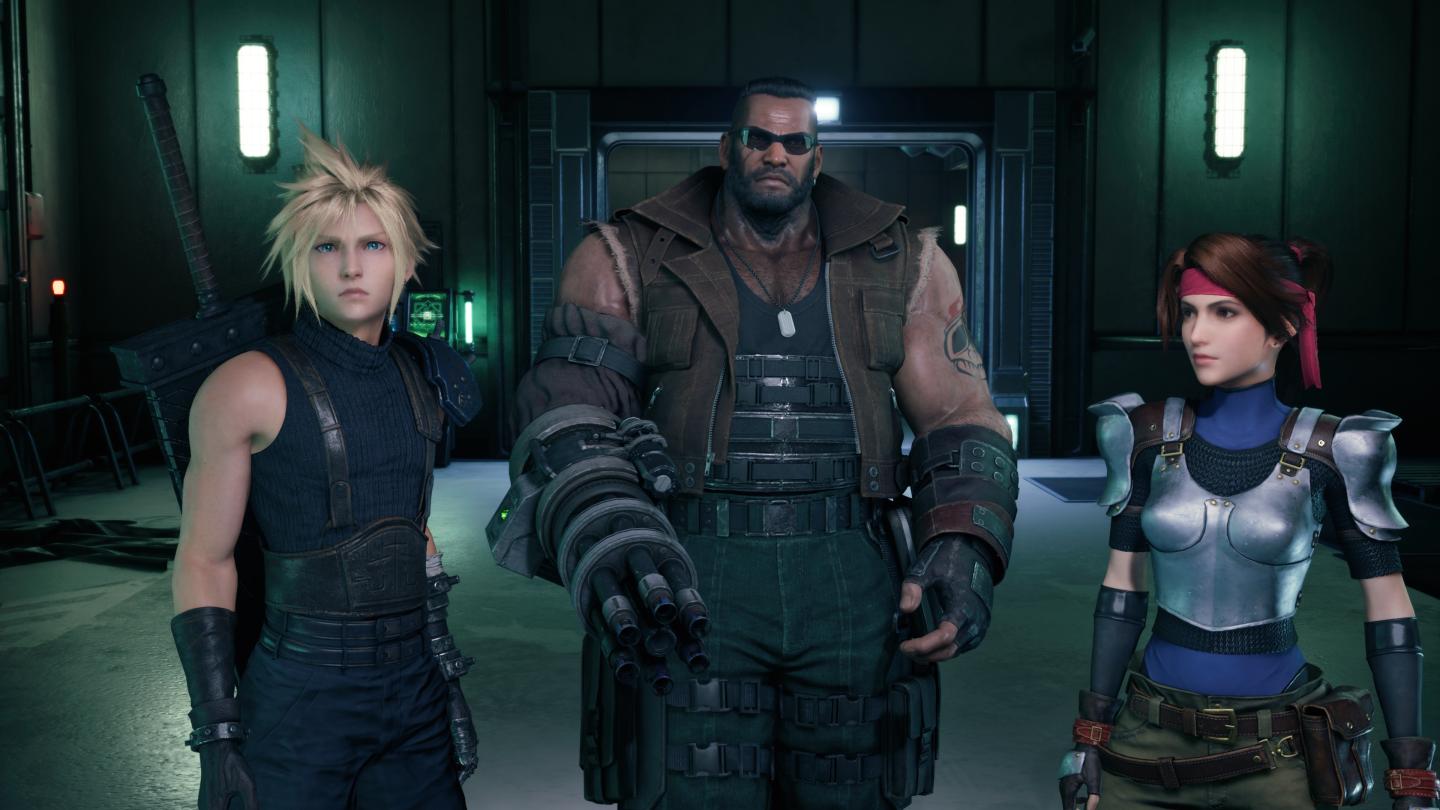imo it's an issue from the very moment people see over the top SSR effects and shout "Raytracing!". It's like the tale of Peter and the Wolf.Wait, you think people mistaking SSR for raytracing is indicative of the damage SSR has caused?
If anything that's indicative of how most people experience RT's inclusion due to performance budgets, but also what effect artistry has on popular perception of graphics quality. SSR isn't 'damaging' anything here, it's helping to present a highly imperfect effect at an excellent framerate on currently affordable hardware.
It's bizarre to me to actually lament a twitter thread extolling wonder about a game's presentation simply because these poor fools can't appreciate proper RT reflections. Like, what?
Gotta disagree with you there, SSR has been the norm and all, no problem there, until now where you see gamers thinking "meh, they go over the board with raytracing now, I am not getting a new console in the future just for RT because it's just about reflections".
All the computational grunt needed for raytracing can go to many other effects, like accurate lighting, light fog, and many others discussed here. The images shared by @pjbliverpool show why Cyberpunk is so taxing when RT is on, as it's applied mostly everywhere.
Also this is an example from an early DF video showing the accuracy of RT. How many times did we see oddly shadowed noses in videogames?

Tbh, I've always been a RT believer when I first watched static raytraced images shown at Siggraph back then, that took months or weeks to be rendered in PCs from the late 90s, it looked like the last frontier to me, and it got me drooling over them. But also to be honest, I wasn't drooling again over RT until recently when I saw RT running in real time and used in my favourite games. Before that, it was like "I can't live without it". Now fortunately it's what makes games stand out.
Last edited:





